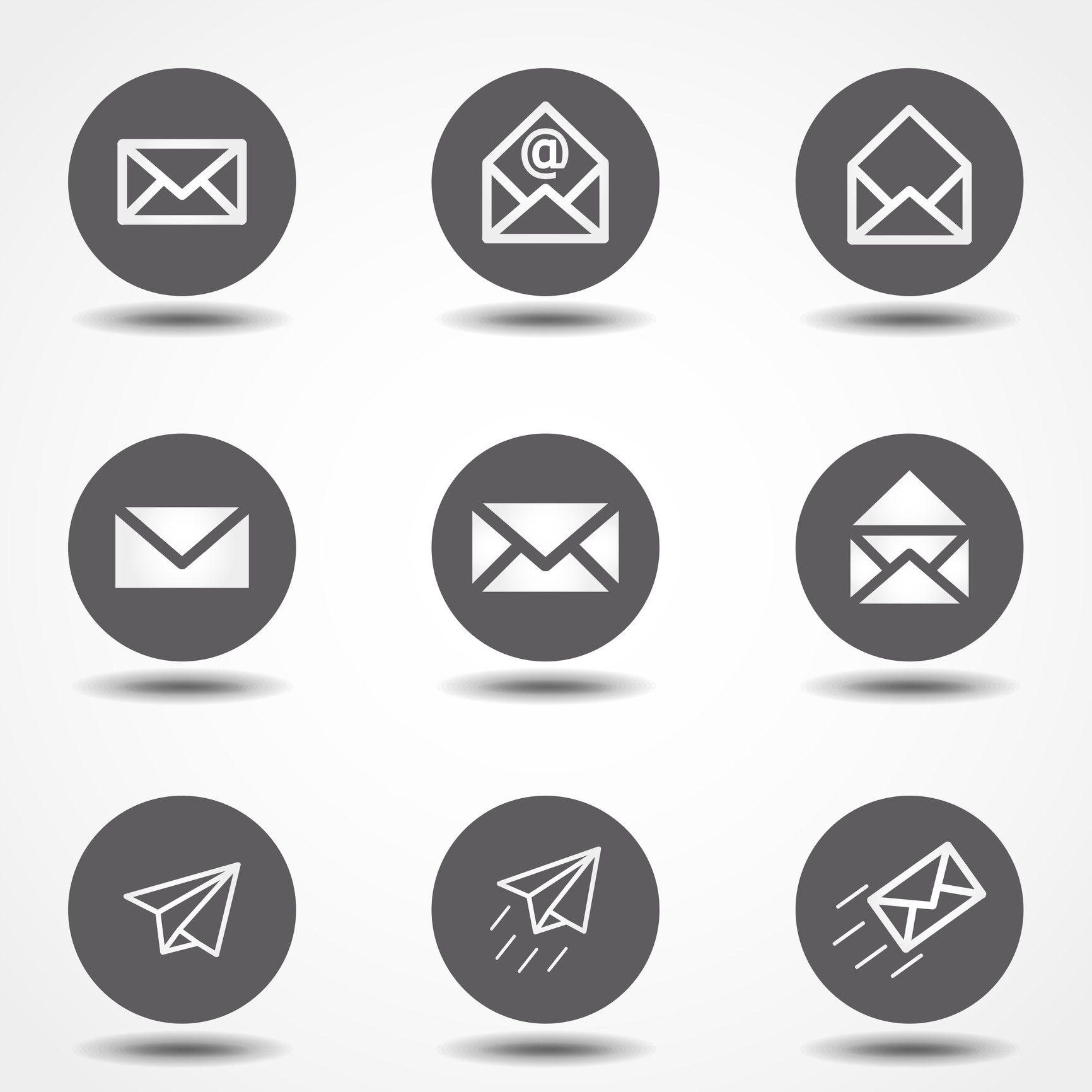As made clear in our coverage of Ansira’s acquisition of email and eCRM specialist BrightWave, marketers value the email channel for potential one-to-one precision and cross-channel extension. It doesn’t matter how long email has been around, because it gets continually refreshed by new innovations in personalization. The key to emailing the right person at the right time is data commonly collected throughout the customer journey. The email address, when a customer shares it and opts in, is usually a sign of strong intent, which makes email a great tool for loyalty and retention.
Identity solutions company BounceX uses data to increase the effectiveness of email, but they are also pressing ahead in another area: browser push, also known as web push. This channel allows brands to alert customers through a desktop or mobile browser. The advantage to this method is that customers can be reached on their phones without their having to download a dedicated app developed and maintained by the brand.
“We’ve been very bullish on email,” BounceX AVP of Marketing Kris Mobayeni told me. “For a while, it hadn’t been getting credibility – it wasn’t a new sexy channel. But it always performed well, and is a part of every retailer’s strategy. That said, we have really been building a bigger picture of what we’re trying to solve.”
According to Mobayeni, the relevance to customers in a data-rich experience like Facebook is difficult for a retailer to match through owned channels like email because it’s difficult to pull together the data. At the same time, everybody uses email, so it’s difficult “to stand out in the inbox,” he said. With faster connections, “mobile becomes more and more a browsing and shopping device,” especially among younger people who use messaging instead of email. Brands, Mobayeni said, find themselves asking, “what are the other channels to future-proof my marketing strategies?”
Since 2017, BounceX has been working with shoe retailer Clarks to boost the identification rate of visitors to their site, so that they can follow up through email and other channels after. Clarks rose to a 37 percent identification rate. The resulting emails drove 5.5 times more revenue for Clarks from triggered emails. Previously, they had the emails in their CRM, but they wouldn’t have been able to follow up with a high-value email, not knowing that this customer was visiting the site. According to a case study on this effort, the BounceX program represents 11.34 percent of Clarks’ total digital revenue.
The increased revenue allows a retailer like Clarks to expand to other channels. Clarks began incorporating web push into their plan last July, nearly a year into the relationship.
“Clarks has always strived to stay ahead of the market when it comes to their digital strategy,” Mobayeni explained. “When we originally went to market with our web push product, they quickly understood the potential and were one of our first clients to adopt the channel.”
He added, “Having experienced our ability to collect email opt-ins, and just general performance impact on email, [Clarks] knew we could quickly build the base they needed to really see value out of web push. This, coupled with the ability of our platform to ensure a positive UX by controlling which visitors saw which opt-in message, made it an easy decision.”
Whether building out a substantial email or web push strategy, brands need to offer a high value exchange for customers to opt in. Shipping notifications, flash sales and low-stock announcements for specific items are all good ways to engage customers through this channel.
Another attractive aspect of web push for brands is that with a simple layout it doesn’t require a design overhaul. Retailers determine the offer, plug in an image and compose a brief message.
“When adding a new channel, retailers don’t need to add to the workflow,” Mobayeni said.








